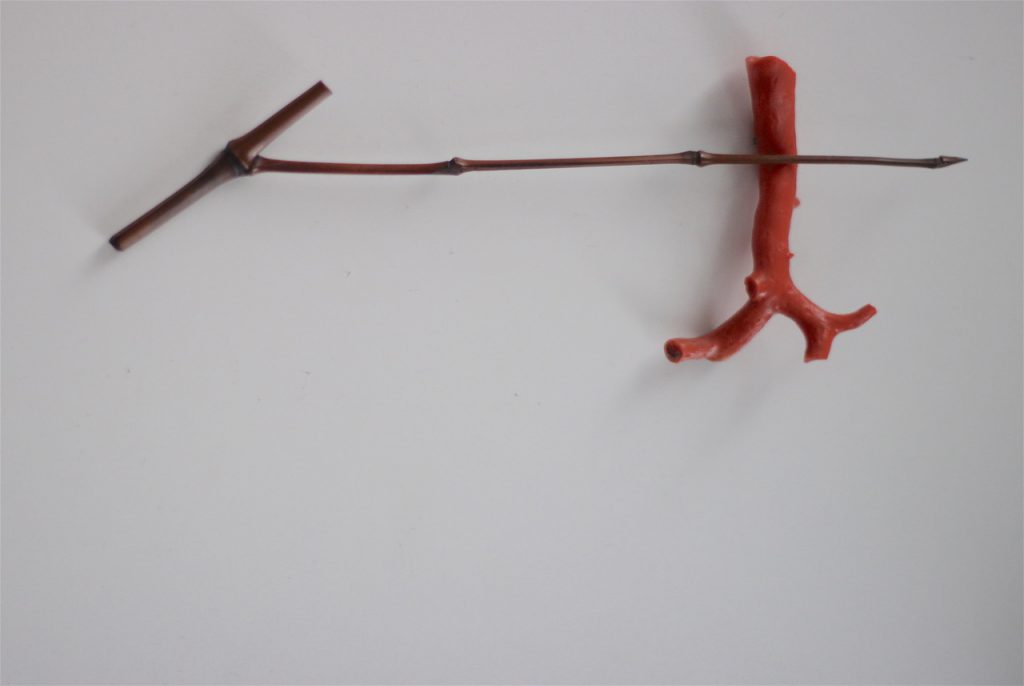Nowa Harmonia: Bardzo osobiste podejście w łączeniu sztuki europejskiej z herbatą azjatycką – Sven Schwannberger
Herbata jest rośliną, ale również napojem, to także wielowiekowy elementem sztuki w Azji. Jako Europejczycy możemy z podziwem przyglądać się wyrafinowaniu herbaty chińskiej, japońskiej i koreańskiej, ale im lepiej rozumiemy nieodłączne cechy herbacianego liścia, jego przygotowanie i związane z nim utensylia, tym bardziej zdajemy sobie sprawę z tego, jak bardzo europejscy jesteśmy.
Jedną z możliwości dążenia do autentyczności w pracy z herbatą może być próba zrozumienia, kopiowania i upowszechniania azjatyckich koncepcji i estetyki, tj. podejścia, na które nietrudno natknąć się przy zgłębianiu tajników Chanoyu.
Ale czy istnieją jeszcze inne możliwości? Celem wykładu jest próba zbadania, w jaki sposób chińska kultura picia herbaty pozwala patrzeć na nią z szacunkiem, również z punktu widzenia europejskiego artysty. Czy herbaciane spotkania, dobór rodzaju herbaty i utensyliów, estetyka Chaxi, poprawny sposób parzenia i samo docenianie smaku mogą być świadomą formą wyrażenia szacunku przepuszczoną jednak przez pryzmat europejskiego myślenia i w kontekście różnych rodzajów sztuki użytkowej?
Czy można do tego dążyć bez uszczerbku dla pierwotnej charakterystyki herbaty? Jakie są odpowiednie kryteria? Na każde z tych pytań nie uzyskacie jednoznacznej odpowiedzi „tak” lub „nie”, ale mamy nadzieję, że to spotkanie będzie impulsem i zachętą dla miłośników herbaty, którzy chcą dowiedzieć się, dokąd prowadzą herbaciane ścieżki.
Spotkanie w języku angielskim.
New Harmony: Very Personal Ideas for Including European Arts into Work with Asian Tea – Dr.des. Sven Schwannberger
Tea is plant, it is also a drink, but also a centuries-old art form in Asia. As Europeans we can gaze with awe at the refinements of Chinese, Japanese and Korean tea: but the more understand about the leaf’s inherent qualities, its preparation and the objects linked to it, the more we also realize how European we are.
One option for aiming for authenticity in the work with tea can be devotion to understanding, copying and internalizing Asian concepts and aesthetics: an approach very often to be found in the study of Chanoyu.
But is there another complementary option as well? This lecture tries to explore how Chinese tea-culture possibly allows to respectfully see tea also from the point of view of a European artist. Can the format of tea-gatherings, the choice of teas and tools, the design of Chaxi, the actual brewing and the taste appreciation itself also consciously and respectfully be seen in the mirror of European thinking and in the context of different kinds of applied arts?
Can this be pursued without compromising on the original properties of the tea? What might be appropriate criteria? There won’t be any yes/no-answers to those questions, but hopefully many concrete impulses and encouragement for tea-lovers to find out where their path with tea takes them.

